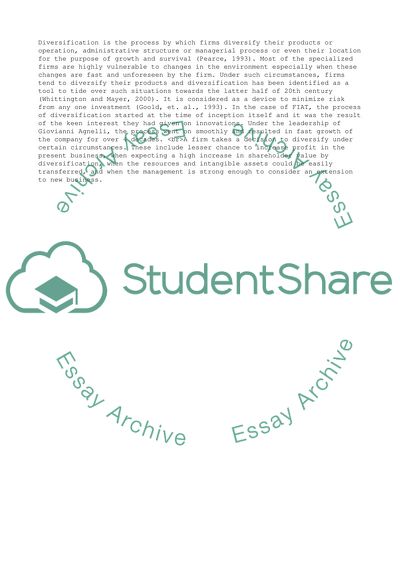Cite this document
(“Fiat Auto: The Italian Giant in Trouble Essay Example | Topics and Well Written Essays - 2250 words”, n.d.)
Fiat Auto: The Italian Giant in Trouble Essay Example | Topics and Well Written Essays - 2250 words. Retrieved from https://studentshare.org/business/1552411-fiat-auto-the-italian-giant-in-trouble
Fiat Auto: The Italian Giant in Trouble Essay Example | Topics and Well Written Essays - 2250 words. Retrieved from https://studentshare.org/business/1552411-fiat-auto-the-italian-giant-in-trouble
(Fiat Auto: The Italian Giant in Trouble Essay Example | Topics and Well Written Essays - 2250 Words)
Fiat Auto: The Italian Giant in Trouble Essay Example | Topics and Well Written Essays - 2250 Words. https://studentshare.org/business/1552411-fiat-auto-the-italian-giant-in-trouble.
Fiat Auto: The Italian Giant in Trouble Essay Example | Topics and Well Written Essays - 2250 Words. https://studentshare.org/business/1552411-fiat-auto-the-italian-giant-in-trouble.
“Fiat Auto: The Italian Giant in Trouble Essay Example | Topics and Well Written Essays - 2250 Words”, n.d. https://studentshare.org/business/1552411-fiat-auto-the-italian-giant-in-trouble.


